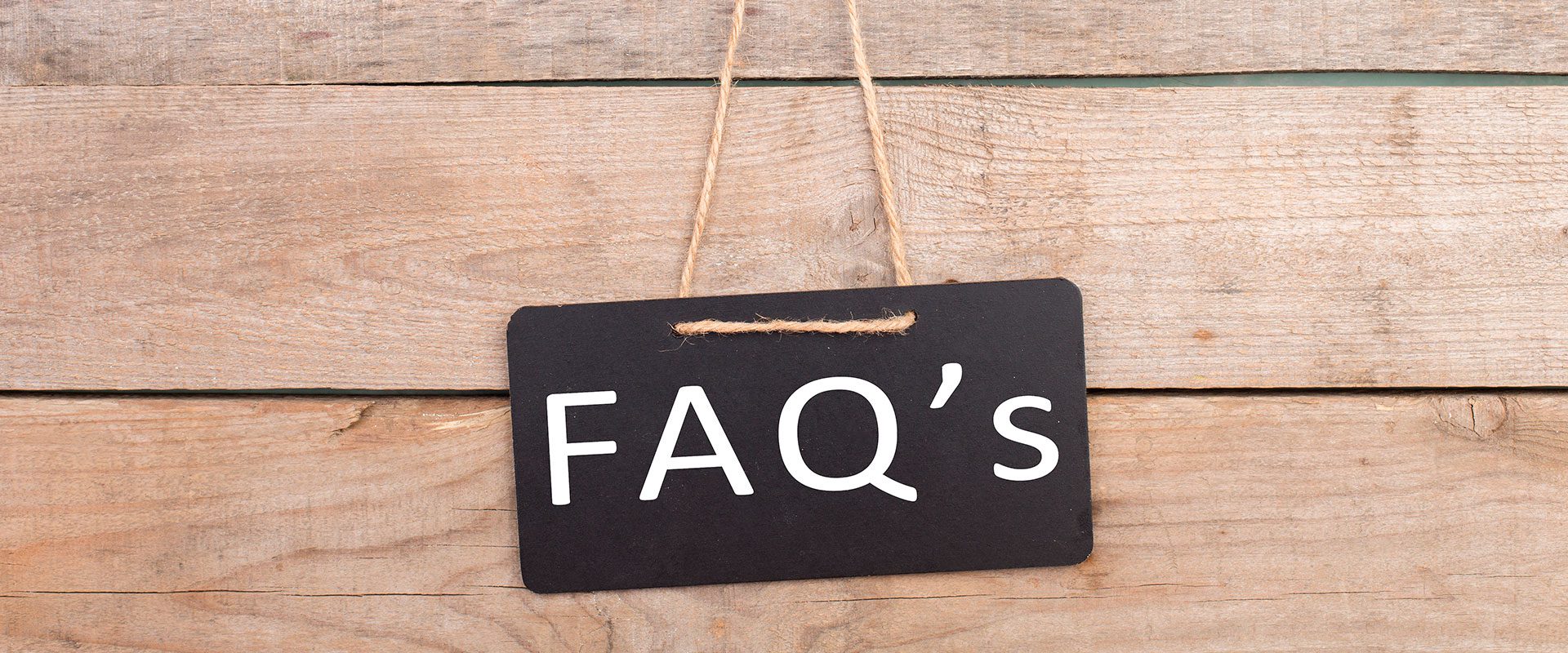
Answer to your questions.
Do you have questions about our products or about the meaning of some terms?
We will help you solve your doubts below.
CONCEPTS
1 What does biobased mean?
A biobased material is one whose origin is renewable, that is, it comes from biomass or plant sources.
2 What is the difference between the terms Biodegradable and Compostable?
Biodegradable polymers are fragmented by the action of microorganisms such as bacteria and fungi, while compostable polymers are degraded by the action of microorganisms to later become natural compost.
Compostable containers are also biodegradable, but a biodegradable container does not have to be compostable.
3 Standard EN 13432
One of the objectives of the standard is to define and standardize concepts that are increasingly widespread but not always equally clear, such as biodegradation, compostability, biodegradable and compostable materials.
At Coverpan we use solvent- or water-based films, inks and adhesives with EN13432 certification.
4 OK COMPOST vs HOME COMPOST
During the composting process, organic waste is treated to obtain compost or natural compost. This process can be carried out not only in industrial facilities (industrial composting), but also on a small scale, at the domestic level (home compost).
The difference lies in the degradation and disintegration time of these organic waste, we leave you a small explanatory table.
5 What is flexography?
Flexography is a flexible packaging printing technique specifically for designs that require bright, intense tones for runs from 25,000 linear meters. It is the most widespread printing system in the flexible food packaging sector thanks to the fact that it allows customizations with a wide variety of finishes. It allows to obtain containers with a high printing quality thanks to our high-speed systems that have the latest technology on the market to give the highest possible quality to this type of work.
PACKAGING
6 Can I substitute a conventional film for a compostable film?
In the packaging sector, it is common for conventional plastics to be laminated together to achieve structures that provide additional properties to the packaging.
Advances in the bioplastics sector allow similar but more sustainable structures or materials to be produced that offer better options for the end of the container’s useful life. Packaging with films made of these biodegradable and compostable polymers represent a great competitive advantage that adds value to our packaging.
7 Is it possible to pack food in compostable materials?
Although the new generation of compostable bioplastics come from renewable sources and are transformed back into natural elements when their cycle ends, these materials are ready to replace traditional films and to face the challenge of preserving food with full guarantee.
TREATMENT OF PACKAGING
8 Where to throw the packages?
Blue container for paper-only packaging.
Organic container for compostable film containers and those made of paper laminated with compostable films.
Yellow plastic container for other plastic containers.
9 Expiration
In our technical documentation we mark a preferred consumption or expiration of six months based on the guarantee limit offered by our suppliers of raw materials. This time period is used to ensure that the client keeps the material in good storage and rotation conditions.
The reality is that materials NEVER EXPIRE. Our materials can be in our clients’ warehouse or on the shelves of stores and supermarkets for as long as the packaged product requires, and it will never spontaneously fragment without complying with the industrial composting conditions marked according to the EN13432 standard.
10 Comportamiento en máquina
Our reels for automatic packaging have a sealing temperature from 85 ° C, that is, they seal at a lower temperature than conventional films.
DO YOU STILL HAVE DOUBTS?
Contact us through our contact form or call us at +34 954 25 33 74.
We will be happy to solve your query, we are waiting for you!

